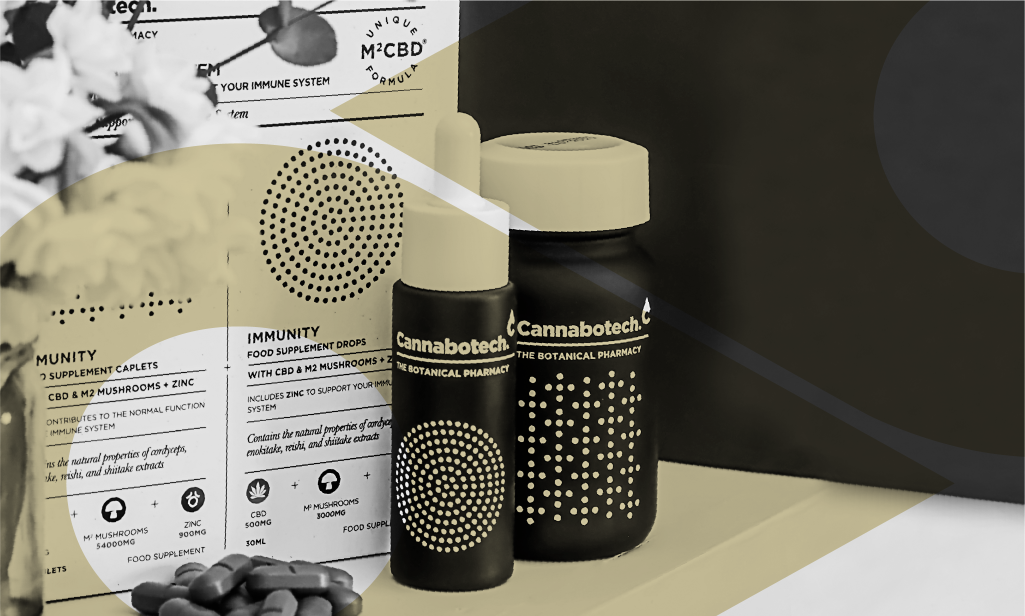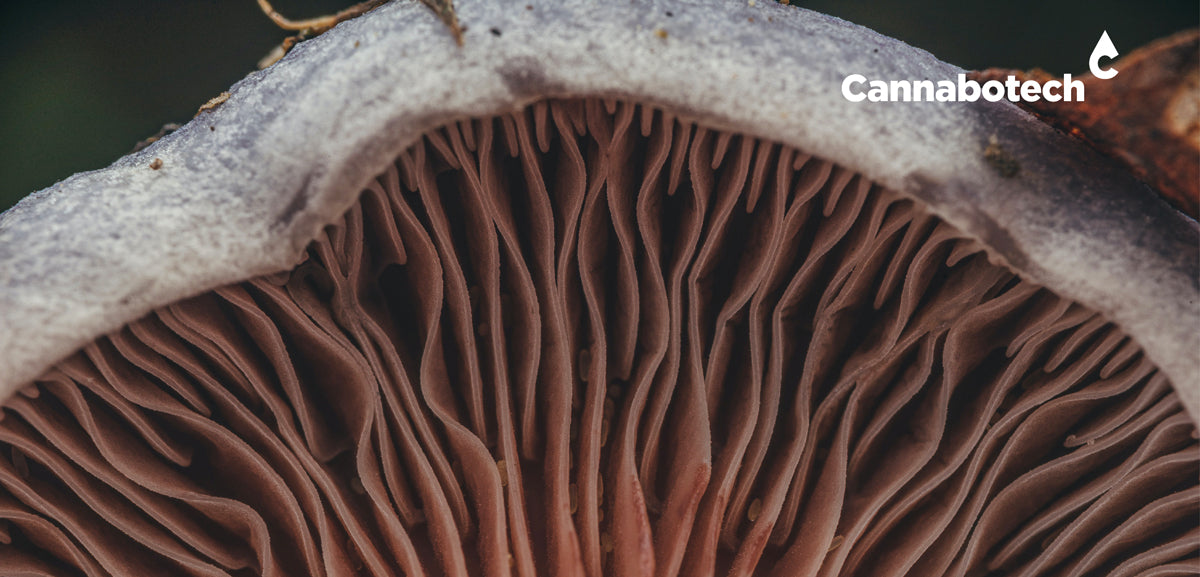What is the Endocannabinoid System?
Welcome to Cannabotech’s Comprehensive Guide to the Endocannabinoid System. Here, our experts delve into the science behind this incredible regulatory system we all have in our bodies.
Have you ever wondered what makes the intake of cannabis so effective for health and well-being? Well, the answer lies in our endocannabinoid system. This system, found in the bodies of mammals, is made up of many receptors throughout our organs that interact with the cannabinoids found in cannabis. When cannabinoids interact with the receptors of the endocannabinoid system, they create a variety of physiological effects. Let’s dive into this fascinating system and learn more about why cannabis has such a powerful impact on our bodies and minds.
The Endocannabinoid System
The endocannabinoid system (ECS) is an intricate network of receptors that are located throughout our bodies, including the brain, organs, glands, and connective tissues. The ECS regulates many different bodily functions, including mood, appetite, pain sensation, inflammation response, sleep cycle regulation and memory formation. It is believed to be one of the most important regulatory systems in the human body.

The ECS receptors interact with two types of molecules: endocannabinoids (which are the cannabinoids produced by our bodies) and phytocannabinoids (which are the cannabinoids found in plants such as cannabis). Our endocannabinoids attach themselves to the receptors in order to regulate various functions within the body. The plant-produced phytocannabinoids also attach themselves to these same receptors in the same way but they tend to have a much stronger effect; we think this is because they are not naturally produced by our bodies.
How Cannabis Affects The ECS
Cannabis contains several different cannabinoids that interact with these ECS receptors, producing a variety of physiological effects – the same effects that our endocannabinoids have such as pain relief, anti-inflammatory properties, as well as improved mental clarity and focus. When consumed orally or inhaled via smoking or vaping methods, cannabis can provide a whole wealth of health and well-being benefits.
The Endocannabinoid System and Its Discovery
We now know that the ECS system is responsible for the regulation of our physiological processes; including immune response, pain sensation, sleep, and many more. But how was this system discovered? Let’s take a look at the fascinating story behind the ECS’s discovery.

The Early Years: A Search for Cannabinoids
In 1964, Israeli professor Dr. Raphael Mechoulam set out to identify the active components of cannabis 9cannabinoids). He and his team became the first to isolate THC (tetrahydrocannabinol) – the most widely known cannabinoid today. Later, Dr. Raphael Mechoulam and his team of scientists identified another major cannabinoid called CBD (cannabidiol). It was through these discoveries that paved the way for further understanding of the ECS.
The Discovery of Receptors
In 1988, Allyn Howlett and William Devane discovered CB1 receptors in rat brains. CB1 receptors are primarily located in areas associated with memory, emotion, motor control and coordination - all functions that can be affected by THC when consumed. In 1993, a second type of receptor - CB2 - was discovered by Lumír Hanuš and William Devane in areas related to inflammation and pain perception. These discoveries led to a much deeper understanding of how cannabinoids interact with our bodies.
The ECS is Born
In 1995, Lumír Hanuš and William Devane were able to prove that anandamide a fatty acid neurotransmitter synthesised within our bodies, was responsible for activating these two newly-discovered cannabinoid receptors: CB1 and CB2. They also determined that this “endogenous” substance was similar in structure to THC - one of the primary active cannabinoids in cannabis. Thus, the term “endocannabinoid” was born!
It has been almost 50 years since Dr. Raphael Mechoulam first identified THC as one of cannabis’s primary active compounds. Since then, as restrictions in research on cannabis have gradually been lifted, we have seen tremendous progress in the understanding of how cannabinoids interact with our bodies through the endocannabinoid system (ECS).
Today we know far more about how cannabinoids affect us than ever before thanks to researchers like Allyn Howlett and William Devane who discovered cannabinoid receptors, as well as Lumír Hanuš who identified anandamide as an endogenous ligand for those same receptors. These breakthroughs have helped shaped our current understanding of cannabis science today!
So, the endocannabinoid system plays an integral role in regulating many bodily functions within us humans. Its interaction with the cannabinoids found in plants like cannabis result in a variety of therapeutic benefits for those who use it. As research continues to uncover more about this complex system we will likely find even more potential beneficial uses for cannabis products!
Understanding how your body interacts with cannabinoids can help you make informed decisions when it comes to selecting the best cannabis-based products for you.
If you are interested in finding out more about the discovery of the ECS, and the cannabinoid CBD, the documentary The Scientist on YouTube about Dr. Raphael Mechoulam is a really interesting documentary and it explains in more detail the trials and tribulations that Dr. Raphael Mechoulam had in his journey to discovering the wonderful benefits of cannabis.








